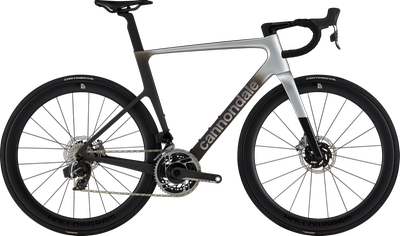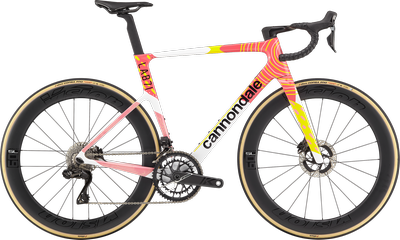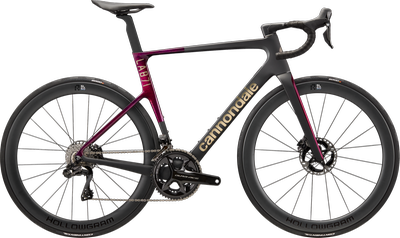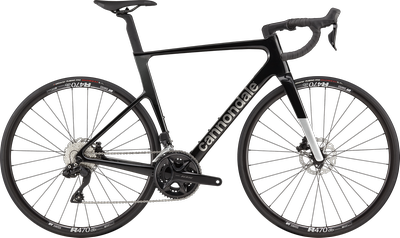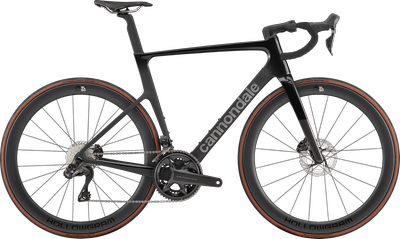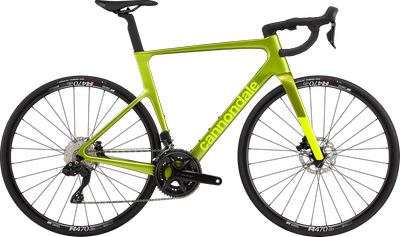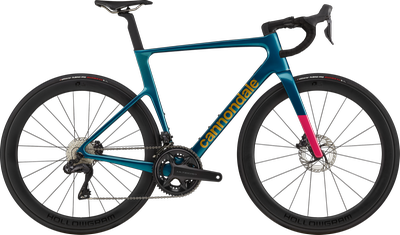
After countless victories among the riders of the WorldTour team, Cannondale has finally lifted the curtain on the brand new SuperSix EVO.
Now in its fourth generation, the SuperSix EVO has been extensively revised. The result is a thoughtfully improved bike that is lighter, faster and even more functional. Here are eight facts you should know about the new Cannondale SuperSix EVO.
1. LAB-71: Performance in its purest form
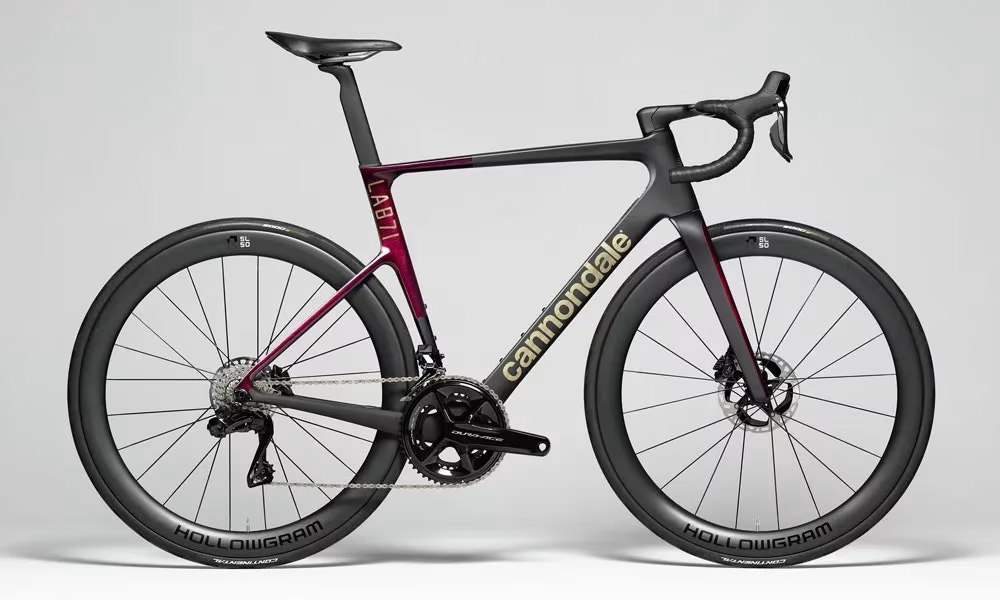
The SuperSix EVO is the first release from Cannondale to be offered under the LAB71 name. LAB71 stands for Cannondale's Skunkworks division, which focuses on racing, much like AMG does for Mercedes or BMW's M division. In a separate announcement, Cannondale stated that the LAB71 represents the “pinnacle of cycling performance” and are the crown jewels of the product offering.
Putting the marketing jargon aside, it's exciting to see what's behind the name. The highest level of the LAB71 SuperSix EVO features a completely redesigned carbon layup over its Hi-MOD and carbon counterparts, dubbed Series 0. The Series 0 construction uses a special carbon fiber and nano-resin layup that reportedly provides exceptional strength and stiffness, allowing engineers to get more out of less material. The result is a frame weighing in at a svelte 770 grams (size 56, fully painted).
LAB71
The top-of-the-range LAB71 SuperSix EVO model will be available in Germany both as a pure frame set and in several complete versions.
SuperSix EVO LAB71: 14,999 $
Series 0 carbon frame, Shimano Dura-Ace 12spd Di2, SystemBar R-One, HollowGram R-SL 50 wheels, CeramicSpeed BB, Continental GP5000 25mm tires.

Buy Cannondale SuperSix EVO
Show all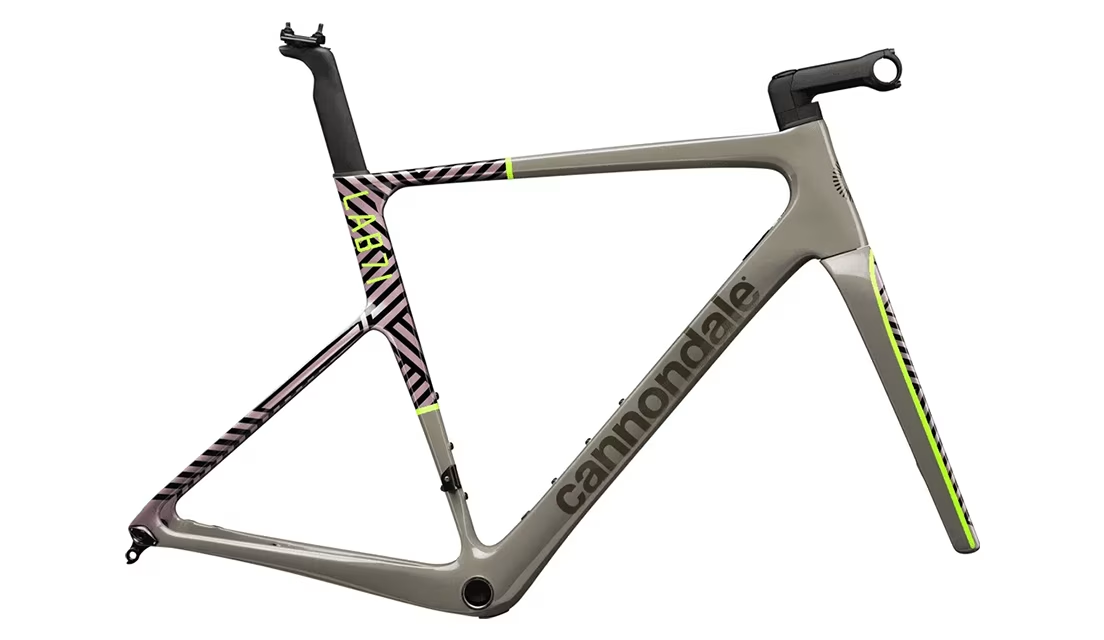
LAB71 Frame
SuperSix EVO LAB71 frameset: 5,499 $
Series 0 carbon lay-up, integrated cable routing with switch plate, 12x100/12x142 Syntace thru-axle, Cannondale C1 Aero 40 seatpost.
2. Faster in every way
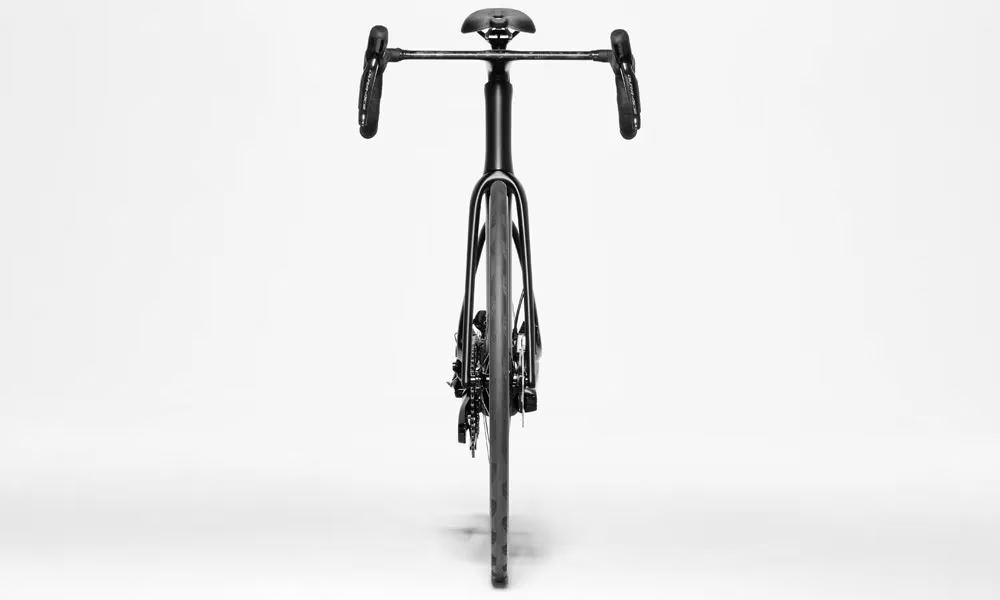
As a racing bike, the fact that aerodynamics are at the heart of the new bike should come as little surprise. The promised increase in efficiency should make a noticeable difference on the tarmac. The team behind the brand's streamlined SystemSix aero bike was tasked with developing an all-round road bike that achieves the resistance values of an aero bike without the weight or other disadvantages.
Thanks to the refined frame shape and in combination with the other updates described below, the new platform saves a whole 12 watts at 45 km/h compared to the previous model, according to Cannondale. Not only is it faster than the previous model; Cannondale also claims it's faster than key competitors Specialized S-Works (4 watts) and Trek Emonda SLR (12 watts).
Although Cannondale claims to have improved the aerodynamic efficiency of the frame, the geometry, stack and reach remain unchanged from the previous model.
The only change concerns the sizes, with frame sizes 60 and 62 being combined into a single size, which Cannondale calls size 61. The size 61 frames have an effective top tube length of 600 mm, which is right in the middle between the two sizes. The stack is listed at 60.5 cm, which is slightly shorter than the 61.4 cm and 63.4 cm of the current 60 and 62 frame sizes, and the reach is 40.3 cm, splitting the difference between the two sizes of the previous line-up.
In terms of tire clearance, Cannondale has stayed the course, offering 30 mm. That's a conservative figure but, as the brand says, there's a margin of 6 mm on each side. Theoretically, there would be even more room for wider tires.
3. Significant weight savings
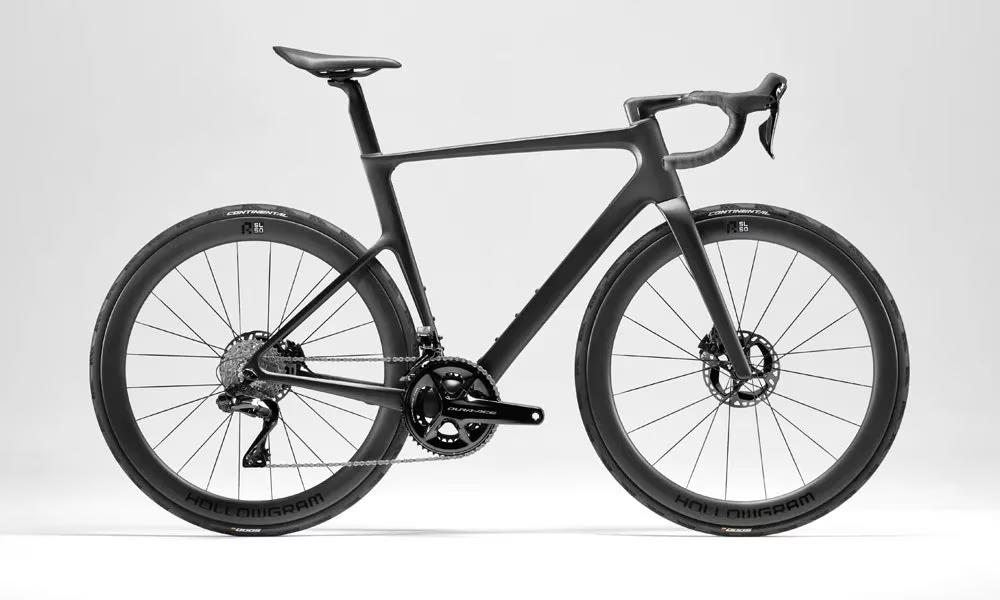
As already indicated, a considerable amount of weight has been saved on the latest version of the SuperSix EVO. The top-of-the-range LAB71 model is said to weigh 6.8 kg for a complete bike in size 56 (without pedals). That is a saving of 600 grams compared to the previous model.
Elsewhere in the range, Cannondale advertises impressive weights for its Hi-MOD frame, which at 810 g weighs just 40 grams more. This is made possible by the brand's famous Hi-Modulus carbon fiber blend.
At the other end of the spectrum, the carbon models feature a blend of high-modulus and mid-modulus carbon fibers, resulting in a slightly heavier frame weight of 930g.
All models in the range feature the same frame shapes and integration options, which are detailed below, so while slight changes in ride quality may be noticed, they are marginal at best.
4. Aestethics
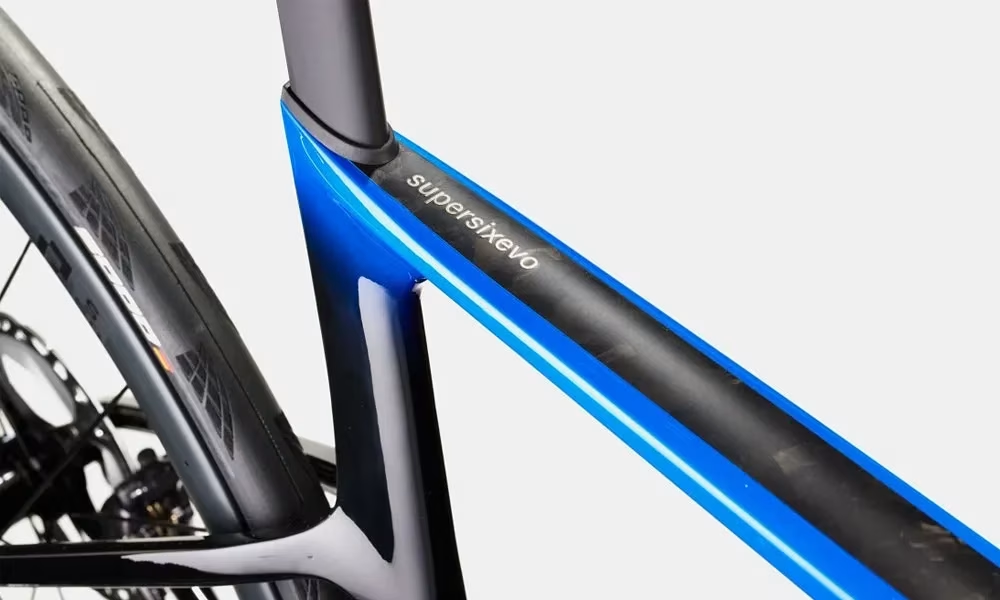
Third on the Cannondale design team's list of priorities was the aesthetics of the bike. The three points that mattered were “breaking the mold” of conventional aero tubes, challenging the boundaries of color, material and finish, and flawless component styling. If we're honest, while the new design isn't really “groundbreaking”, it does offer a number of subtle improvements, mainly focusing on the curved design of the seat stays, which sets the bike slightly apart from current road bikes that have a strikingly similar silhouette.
As for the color, materials and component integration, while looks are subjective, we have to say that this is the most colorful offering from a major brand in years. With splashes of color and stylish accents adorning every bike in the range, we'll readily admit that there isn't a single color option we wouldn't love to put a leg up over, let alone hang on the wall.
Hi-MOD
Hi-MOD
The SuperSix EVO Hi-MOD will be available both as a stand-alone frameset and in several complete bike versions.
SuperSix EVO Hi-MOD 1: 13,499 $
Hi-MOD carbon frame, SRAM Red eTap AXS 12spd, SystemBar R-One, HollowGram R-SL 50 wheels, SRAM Red DUB BB, Cannondale C1 Aero 40 seatpost
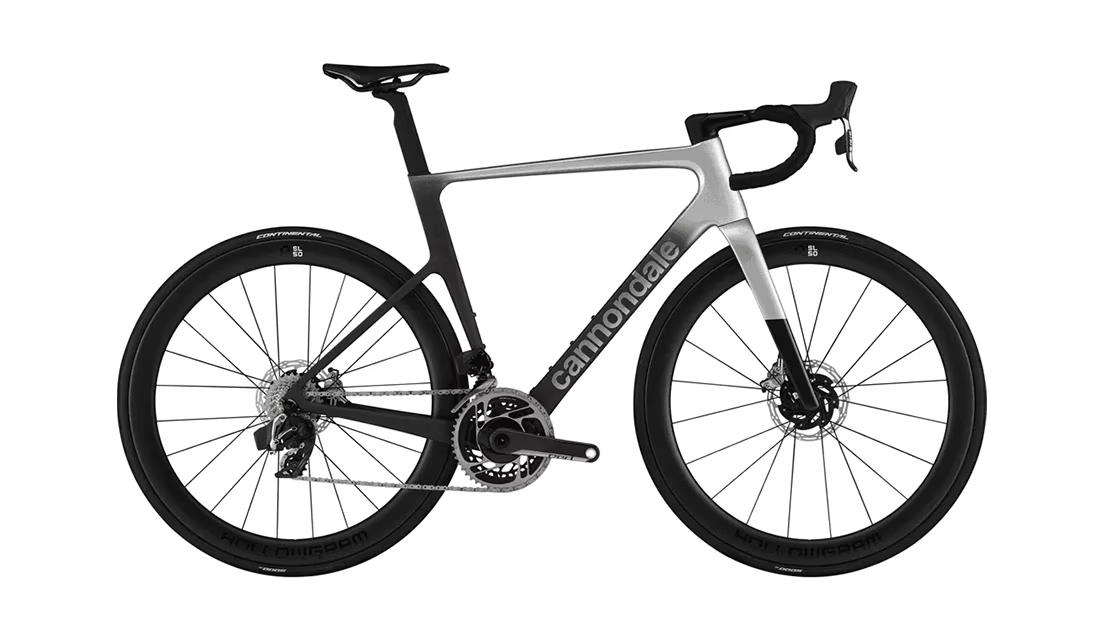
5. All-new motorsport-inspired cockpit
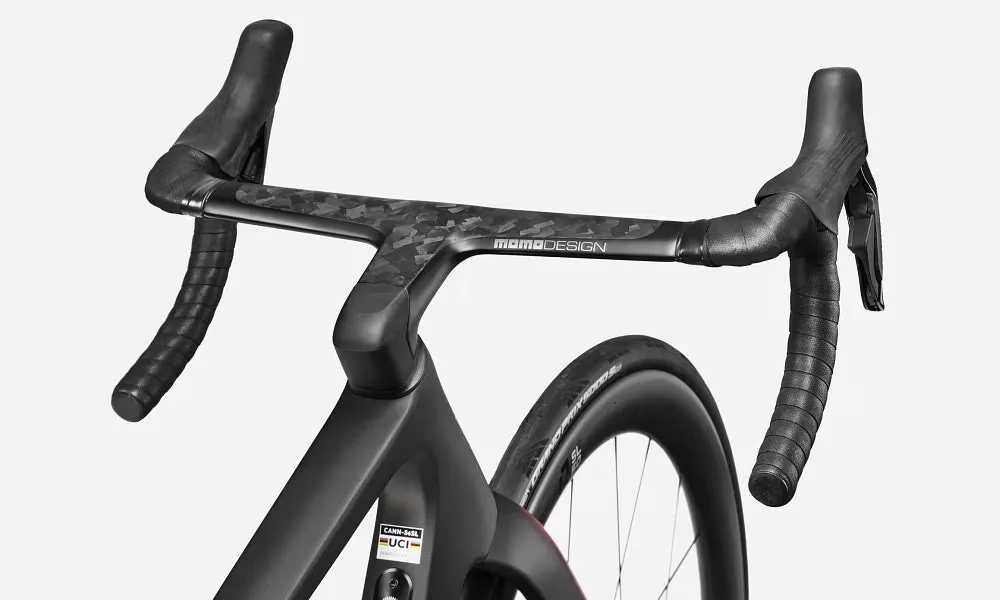
Cannondale has accepted the challenge of putting an end once and for all to the accusation that only the very tough can ride a road bike. The SystemSix is therefore designed to be as compliant as Cannondale's classic lightweight road bike, the SuperSix.
The bike owes this property to the Hi-MOD carbon construction in several layers, which absorbs vibrations and compensates for unevenness. In addition, the frame allows the use of wider wheels, 26mm actual width to be precise.
The higher air volume that the new KNØT 64 wheels allow makes it possible to ride with less pressure on the tires. This increases the riding comfort considerably.
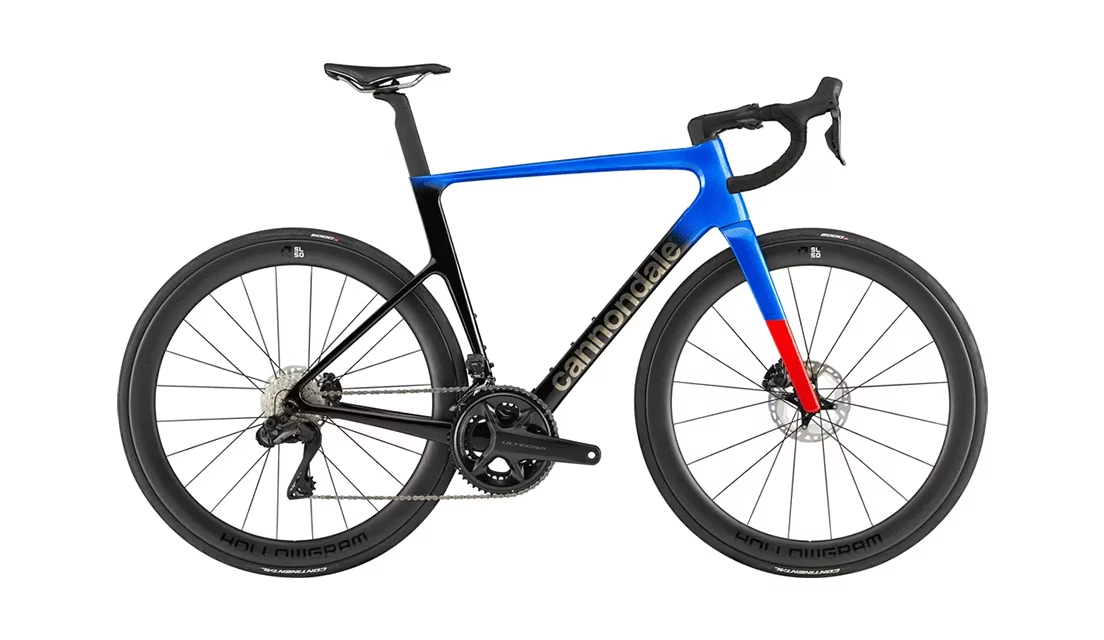
Hi-MOD 2
SuperSix EVO Hi-MOD 2: 8,999 $
Hi-MOD carbon frame, Shimano Ultegra 12 spd Di2, Vision Trimax handlebars, HollowGram R-SL 50 wheels, SRAM Red DUB BB, Cannondale C1 Aero 40 seatpost, Cannondale Conceal stem
6. New Wheels
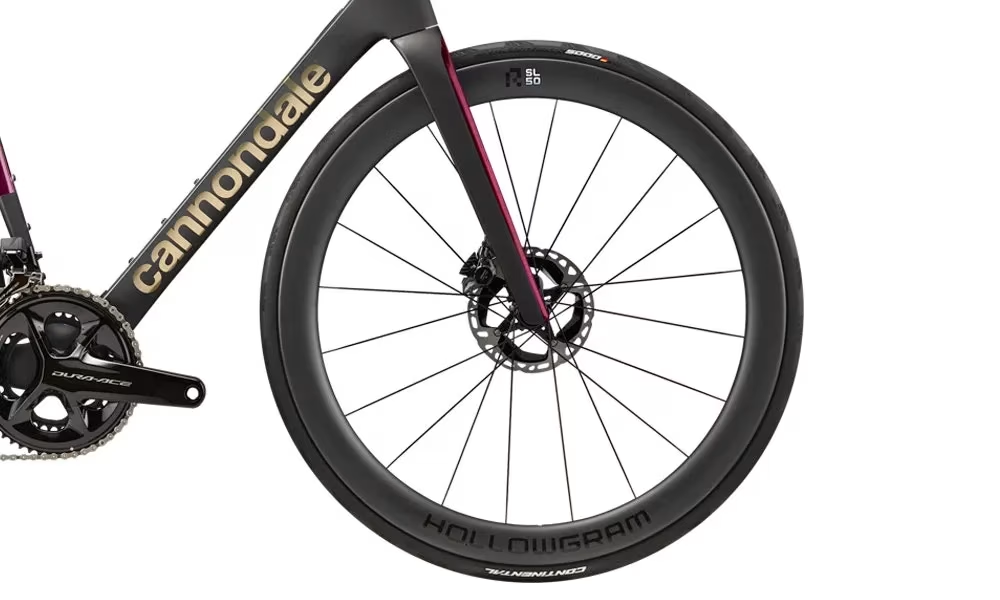
Together with the R-ONE cockpit, a completely new, 50 mm deep, tubeless-compatible Hollowgram wheelset has been developed. Both the R-SL 50 and R-S 50 models have the same hooked rim shape with an inner width of 21 mm and an outer width of 32 mm. The biggest difference is in the available spoke and hub options. The R-SL uses Aerolite spokes and a DT-Swiss 240 hub, which should make the wheelset weigh 1,520 grams. The R-S is 90 grams heavier and uses DT-Swiss 350 inner spokes.
7. Innovative Integration
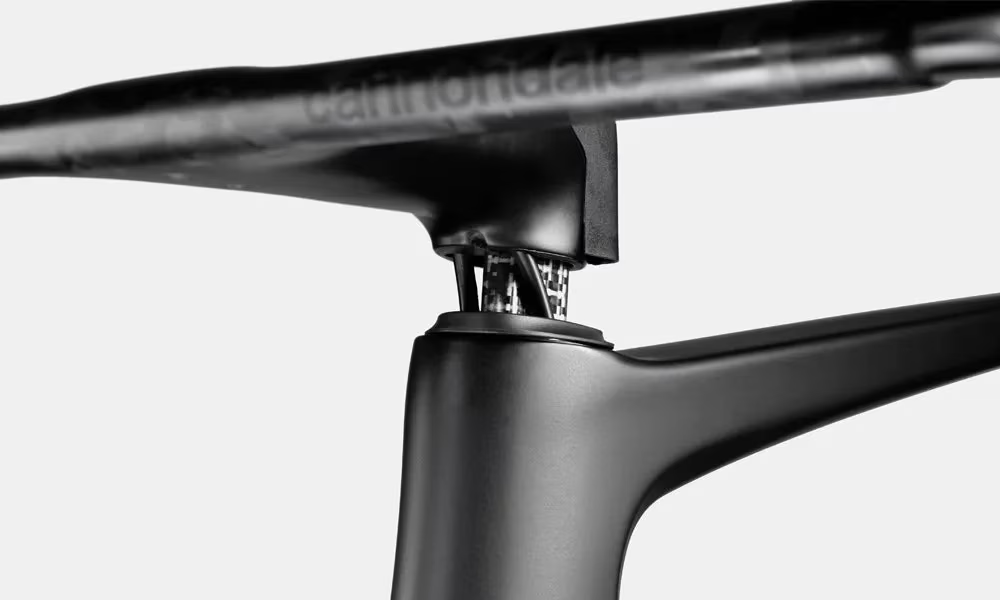
On the SystemSix Hi-MOD you will find a whole range of aerodynamically optimized components named after KNØT, a unit of measurement that measures speed. These include:
As with its predecessor, the Cannondale team has gone to great lengths to conceal the cabling on the new SuperSix EVO.
The biggest change, apart from the cockpit upgrade, is a completely new steerer tube design. The Delta steerer is said to have a smaller frontal profile, which improves aerodynamic efficiency. At the same time, the cable routing has also been revised. Whereas on the previous model the cables were introduced in front of the upper headset bearing, on the new design they run through the headset bearing on both sides of the delta-shaped steerer tube, which is likely to annoy the mechanics at home. The integrated cabling is consistent across the range, meaning that all bikes from the LAB71 to the carbon models have the same sleek, cable-free look.
Carbon
Carbon
The SuperSix EVO Carbon will be available as the following complete bikes:
SuperSix EVO 1: $6,999 euros
Carbon build, SRAM Force AXS 12spd, Vision Trimax handlebars, HollowGram R-S 50 wheels, SRAM DUB BSA BB, Cannondale C1 Aero 40 seatpost, Cannondale C1 Conceal stem
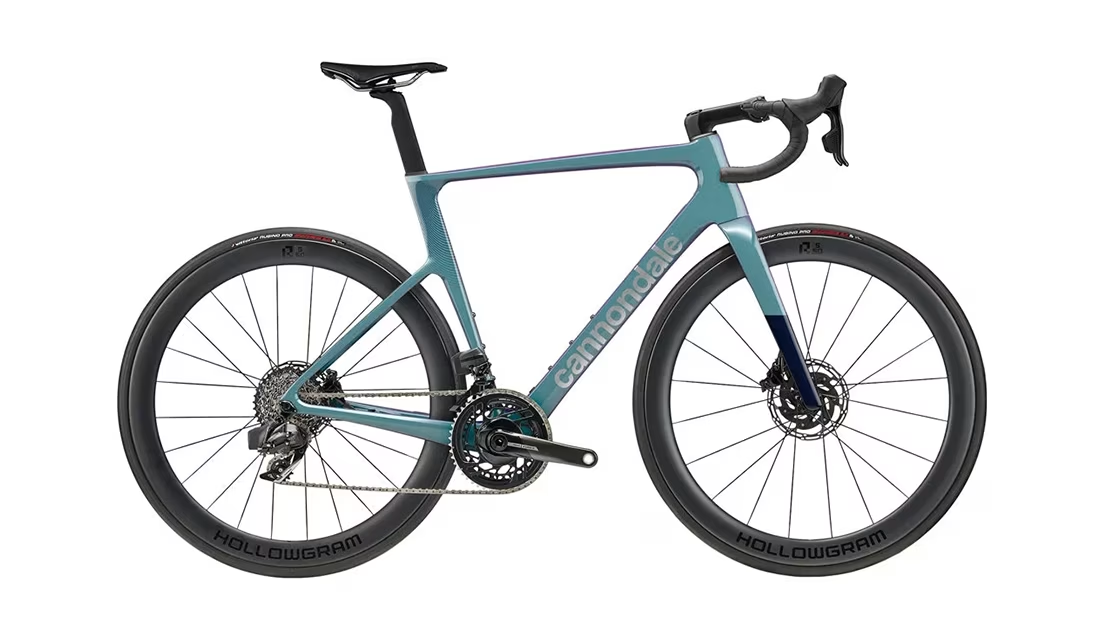
8. Lower maintenance
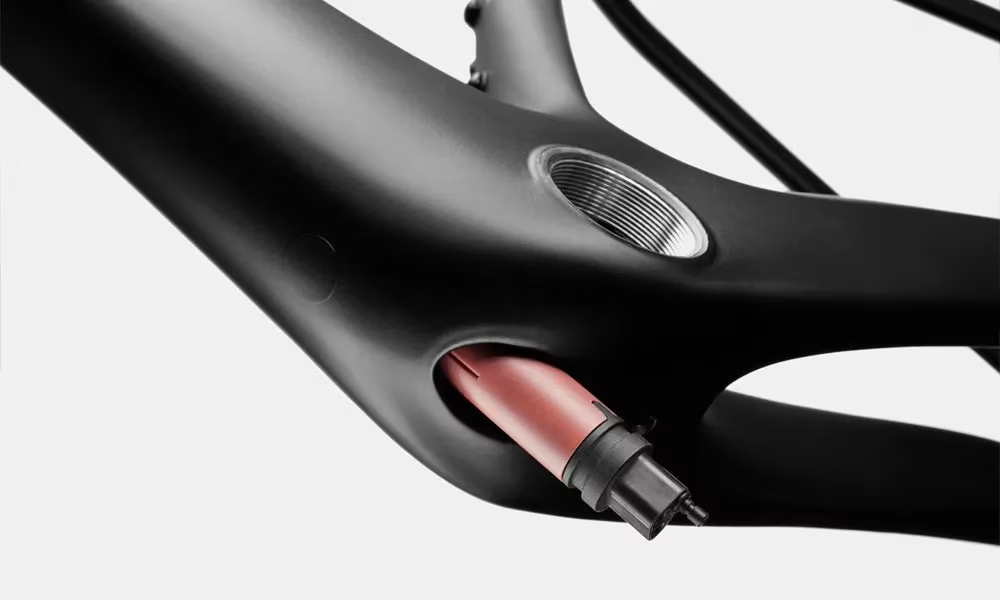
Although Cannondale has taken a step backwards in terms of cable routing, as mechanics would argue, the company has incorporated a number of quality features into the frame that should make maintenance a little easier. Despite the introduction of the BB30 standard, Cannondale has opted for a 68 mm BSA bottom bracket as standard on the fourth iteration of the SuperSix EVO. The annoying creaking is a thing of the past!
The proprietary thru-axle standards have disappeared, the updated model runs with standard 12x100 front and 12x142 mm rear thru-axles from Syntace. The Di2 battery has also been repositioned, with a special connection directly in front of the bottom bracket, which means that Di2 cables can be replaced without removing the crankset. All models in the SuperSix EVO range are compatible with the SmartSense system of Garmin lights and radars, which is also used in the Synapse.



